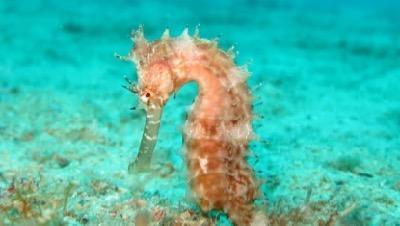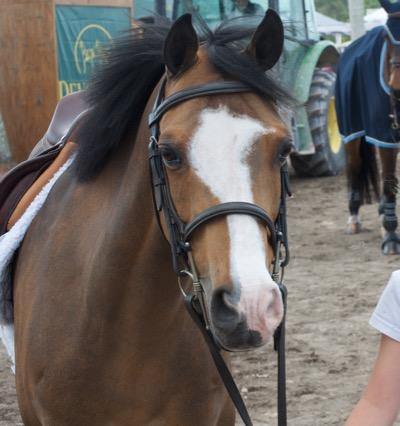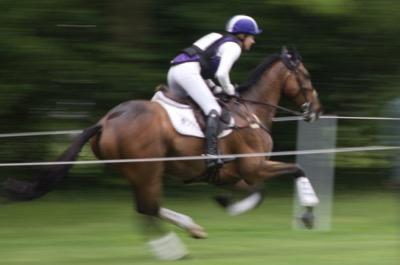Horse trivia and fun facts about horses
Because sometimes, you just wonder.
How fast do horses run?
The “average” horse will travel about 25-30 mph. Most racehorses travel about 40-45 mph. Derby horses, often considered to be the fastest of the fast, run at about 45 mph – ish. Some quarter horses, who sprint over shorter distances, zip along at about 55 mph.
Zooming along.
How long is the horse’s gut?
I’ll do you one better. Let’s talk about the entire length of your horse’s digestive system. The esophagus is about 5 feet long. The stomach is tiny compared to this, and able to hold about 3 gallons. Then the small intestine – which can vary from 60 to 70 feet long. The hindgut, or the large intestine and includes the cecum, large and small colons, and rectum and anus, is about 23 feet long. The cecum is a tiny 4 feet long of that 23 feet. Then there’s the large colon, coming in at about 10 feet.
In total, you are looking at about 95 or so feet of digestive system. That’s A LOT of room to get into trouble. For more about this strange system, read this article. Don’t worry, there’s no quiz after.
Are seahorses really horses?
Why am I asking this? Because sometimes I’m just weird. And it’s actually quite interesting? I think?
No. Seahorses belong to a genus Hippocampus, from the Greek meaning horse and sea monster. Sea horses are closely related to pipefish and sea dragons. Horses are most closely related to rhinos and tapirs. More on that later.
In case you are curious, the human brain’s hippocampus also means horse-like sea monster and is involved in memory and navigation. The human hippocampus is also involved with emotions, learning, and motivation. Not sure what salty scientist named that part of our brains after a horse-like sea monster, but it fits.

Just look at this darling!
The closest living relatives to a horse is a…..?
Anyone seen a tapir? Or a rhino? Those are the closest relatives to horses, and simply because of one thing – they are all odd-toed and hoofed animals. Their taxonomic order is perissodactyls, which is composed of ungulates (hoofed) critters with one or three toes. Interestingly enough, tapirs and rhinos have three toes, the horse being the lone holdout with one toe.

This is a tapir. They are not super tall, about hip height or so.
Are there any wild horses left?
Well, eh, maybe, but not really. For years and years and years, the Przewalski’s horse was thought to be the only truly wild horse left. Backing up just a bit, the wild horse is a creature that has never been domesticated or has any relation to a domesticated creature. Feral horses are descended from domesticated animals, like the mustangs roaming parts of the US and the ponies on some very lucky East Coast Islands.
However, when some pretty significant DNA findings were revealed in 2018, it was discovered that the Przewalski’s horse is likely the feral descendants of a type of horse domesticated by the Botai culture thousands of years ago. The area is current-day Kazakhstan. Who knew?
Why do we always say “horses” when we drive by them?
No idea. Probably the same reason some of us say “shoes!” or “books!” or “gin!” when we are out and about running errands.

How are ponies and minis and horses different?
It really depends on who you ask. All ponies and minis are technically horses. But there are some differences in the fine print.
Ponies, by definition, are shorter than 14.2 hands. Minis are between 34 and 38 inches at the wither. Not sure why they aren’t measured in hands, but whatevs.
Ponies have several distinct breeds and are supposed to have a heartier and stockier build and frame than horses. Which is about par from every pony I’ve ever seen, but mostly because they are easily overweight.
Minis are supposed to be more horse-like in their shape, and should be bred to be small and more refined than a pony. Have I seen a refined mini? Yes! A clipped one in the show ring. Like ponies, they can easily become overweight. Minis also commonly have dental problems, as their teeth are sometimes horse-sized, but their mouths are not.

This pony just looks like an adorable little devil.
How much do horses poop in a day?
This is the point of my research when I started to straight-up freak out. Mainly because it seems that horses poop anywhere from four to thirteen times a day. Four? Too much panic over not enough poop and also…how big would those piles be? What this boils down to is that a horse creates about 50 lbs. of poop and urine a DAY. And that’s just for the average horse of about 1,000 lbs. Image a DRAFT HORSE’s pile at the end of the day.
Can horses smell fear?
Settle in for this answer. For years, we all believed that horses couldn’t literally smell fear. Then, researchers started to discover that horses may react to a human’s heart rate. Now we know that horses may be able to actually smell fear.
Some details. The heart rate thing in horses has been observed in different situations. In one study, horses and humans interacted in three ways – separate, together on the horse’s terms, and while being groomed. Researchers found that when horses have the choice to interact with humans, their heart rates started to sync with humans. In another study, humans were riding a horse and told that a spooky umbrella would appear, which it never did. The increase in the human’s heart rate from anticipating the spook was reflected in the horse’s heart rate.
So then we have the smelling fear study.
Backing up just a bit, humans can transmit signals of their emotions through their sweat. So frightened sweat is going to smell differently than happy sweat. In this study, human subjects went through detailed and strict routines to collect both scary sweat and happy sweat.
Horses were allowed to smell these, um, collections, of sweat. Researchers found that a horse’s nervous system reacted to these smells. FAIRLY AMAZING, right!?
Can horses pick their own blankets?
YES, yes they can. I may be sharing this with you as my family is Norwegian, but a clever group of Norwegian scientists taught horses some symbols on boards – which mean put a blanket on, take a blanket off, and no change in blanketing. Then, they would essential “ask” the horses what they preferred. Remember this study when your horse is with you. He may be telling you something – like where the treats are.
Do horse statues indicate how their rider died?
Yes. And also no.
Somewhere along the way, we started to believe that a horse’s hoof placement on a statue indicated how their rider died. It’s usually applied to Civil War statues. All four hooves on the ground “means” that the rider died from something unrelated to battle. One hoof off the ground “means” the rider was injured in battle. A rearing horse “means” that the rider died in battle.
Trouble is, the sculptors never got together to make this official. So, any given statue may or may not follow these “rules”. It’s arbitrary and some statues follow this rule, many others do not.

For more on these studies and what-not, enjoy these reads:
Horses reacting to your heart rate.

Stock up here for your horse supplies! As an Amazon Associate, I earn from qualifying purchases, but it’s ZERO extra cents to you. You can also visit my Amazon storefront here: PEG storefront.
This book is a wonderful, step-by-step guide to helping you "clicker train" your horse with positive reinforcement.
A Guide to Achieving Success with Clicker Training. A great book about horse behavior and how to successfully train your horse with kindness.
Why would you do it any other way?
If hooves are your jam, this book is for you.
A long title for a simple book about turning manure into soil for food.
Success in the saddle begins on the ground!
Thank you!








































